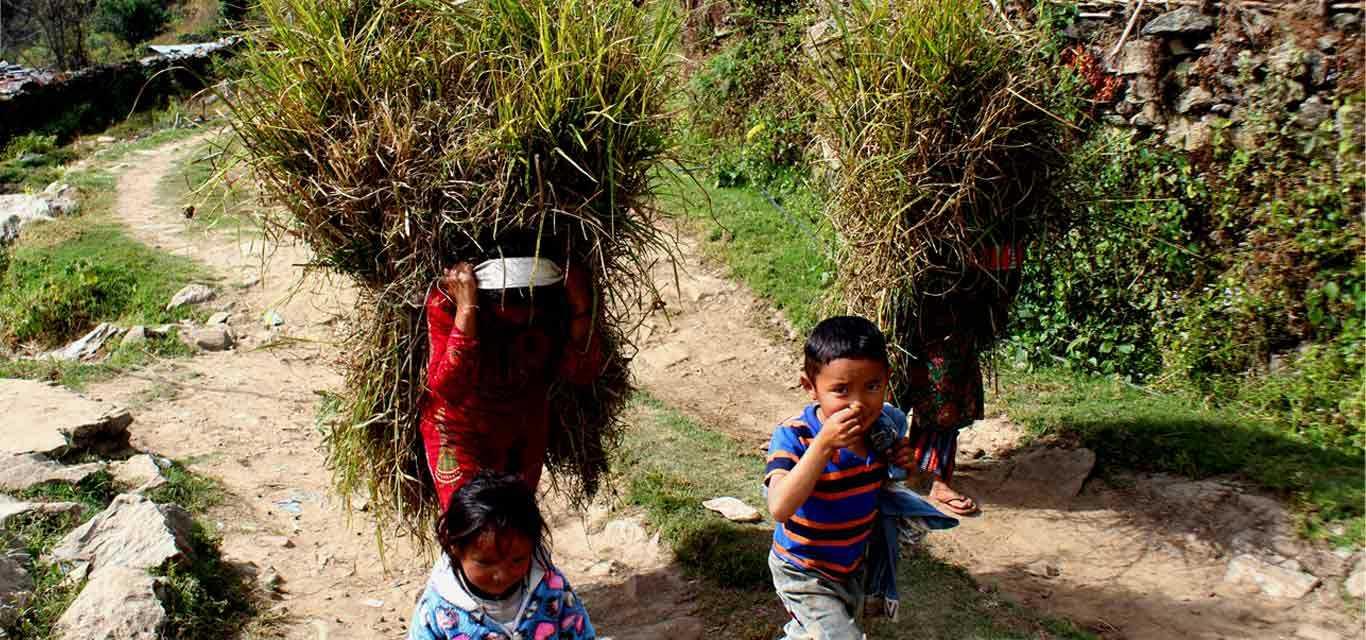COVID - 19 and Tourism in Nepal

The Effect of COVID-19 in Nepal
COVID-19 is an infectious disease caused by the newly discovered coronavirus. The virus has impacted worldwide, with thousands of people losing their lives and testing positive at an exponential rate day by day.
Believed to have started in Wuhan of China, the pandemic has known no boundaries, spreading all over the world. Countries with sophisticated health systems and infrastructures, such as the United States, the United Kingdom, Brazil, and India, have struggled to contain the virus and tackle this problem.
There is not a single sector of the economy and social life that has not been affected by this pandemic. Among all the others, tourism and the hotel industry have the greatest impact. From the interruption of air services on all the continents to the closure of accommodation units everywhere, the world's largest industry has come to a temporary suspension.
Tourism now faces the challenge that was only seen during the Great World War of 1939.
Impact of COVID-19 in Nepal
Nepal is also affected by COVID-19, and I am writing this in a state of lockdown. The tourism industry has been severely affected, and thousands of companies, including hotels, airlines, tour and trekking agencies, are having a catastrophic effect.
The highest influx of infections was observed in Nepal after people living abroad entered the country. Most of those people were migrant workers who worked in countries like India and parts of the Middle East, such as Qatar, the United Arab Emirates, and Saudi Arabia.
This pandemic has had a two-dimensional effect on the Nepalese economy based on remittances and tourism. The $4 billion tourism industry is temporarily shut down, and people working abroad who contributed almost 7% of GDP ($6.7 billion annually) have returned home after losing their jobs.
These days, the trails to Annapurna and Everest Base Camps are almost empty, and the local tea houses on the trails are having a hard time sustaining themselves. Kathmandu's UNESCO World Heritage sites, such as Boudhanath, Pashupatinath, and the 3 Durbar Squares, hardly see tourists. More than half a million people are unemployed in the tourism and related activities are about to lose their jobs or sell their businesses.
Governments around the world are working hard to contain the virus and cope with the ongoing effects of the pandemic.
Some Insights / Thoughts
Nepal's government must consider the longer-term implications of the crisis while staying ahead of the digital curve, supporting the low-carbon transition, and promoting the structural transformation needed to build a stronger, more sustainable, and resilient tourism economy (OECD report, 2020).
This crisis in the form of a pandemic should be taken as an opportunity to rethink the future of the Tourism sector. A survey from IATA, published on 21 April, shows that 40% of respondents intend to wait six months or more before traveling after restrictions are lifted. This means people will start to travel only after mid-2021 at the earliest.
The country should focus on rebranding the existing products to bring new visitors, rebuilding infrastructure, and doing the necessary planning to innovate and invest in tourism when things return to normal.
There will soon be days after the Coronavirus pandemic will be a chapter in the history book, and people will walk the Manaslu Circuit Trail again, the tea houses in the Upper Mustang will be full of hikers, and the Mardi Himal Trail will interact with tourists once again.
Mountaineering and peak climbing in Nepal will be restored as soon as the pandemic stops, and people traveling to Tibet and Bhutan through Nepal will be back again!
Read more blogs